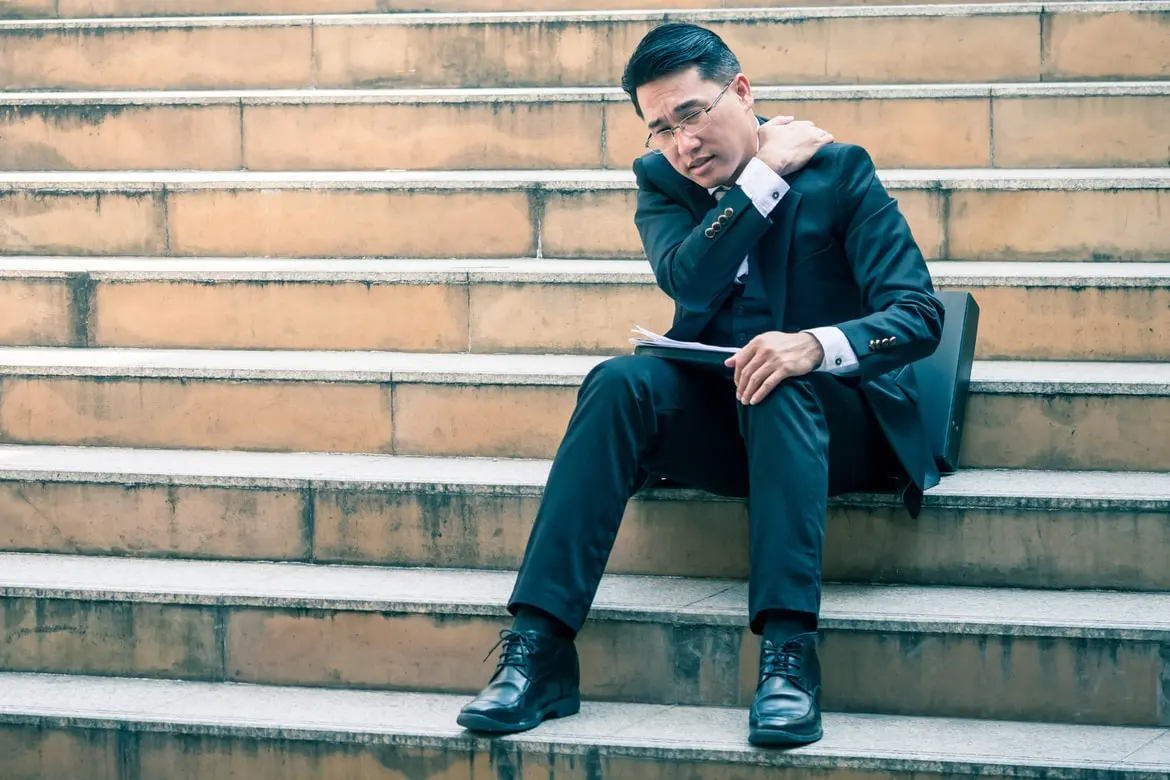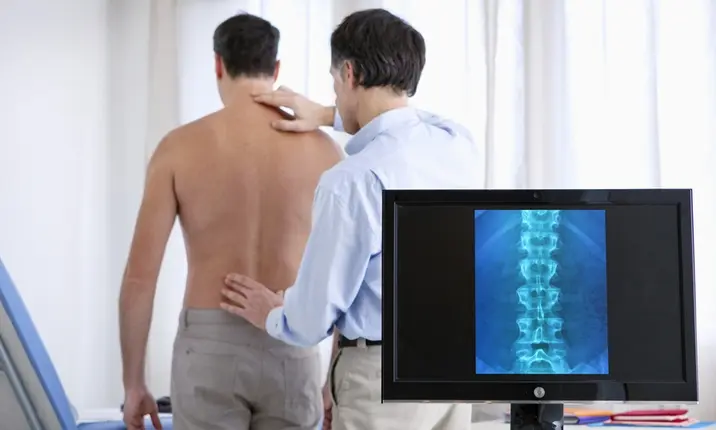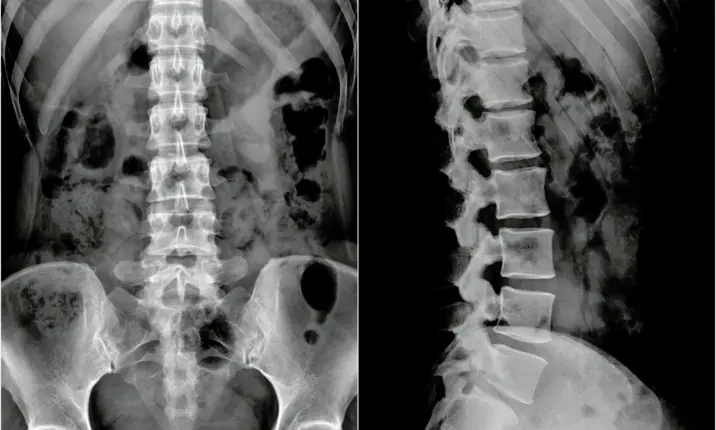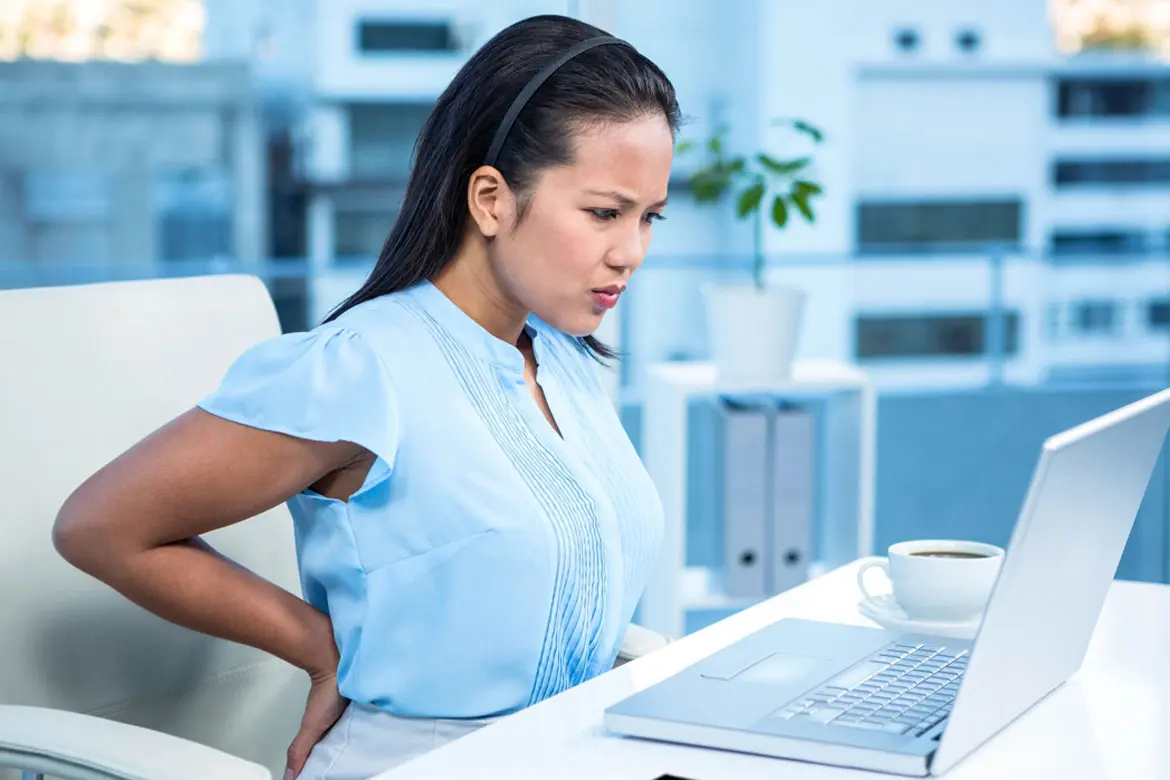What is ankylosing spondylitis?
If you suffer from back pain and stiffness in the back that is so bad you have difficulty using the bathroom, it could be a sign that you have ankylosing spondylitis (AS), an arthritic condition that causes inflammation of the spinal joints.
Speak to an orthopaedic specialist if you think you may have ankylosing spondylitis.
Early symptoms of ankylosing spondylitis
Back pain and stiffness
Ankylosing spondylitis usually starts off with pain and stiffness in the back. Initially, the pain is usually worse in the morning, but as the disease intensifies, it can last the entire day.
"The treatment of this condition is often delayed in diagnosis due to lack of awareness among primary care physicians," says Dr Lui. "Back pain is very common and most of the time it is linked to functional or mechanical causes instead of inflammation."
Patients should seek the advice of a rheumatologist if they encounter gradual and persistent back pain and stiffness for several months. People who are younger than 45 years are particularly encouraged not to disregard the pain nor assume it is merely a common backache or sports injury.
Fatigue
People with AS may commonly experience fatigue and have difficulty getting out of bed or carrying out their daily activities.
Unlike other lower back conditions, the pain from AS does not improve after rest, so stopping exercise will not help to ease the pain. On the contrary, continuing regular exercise actually helps to reduce the stiffness in the back. However, patients need to first consult a rheumatologist to ensure they follow a safe and effective workout plan.
Other symptoms
Ankylosing spondylitis may also lead to other complications that are not related to the spine, like skin rashes, eye inflammation and bleeding from the gut.
Diagnosing ankylosing spondylitis
It is important to diagnose AS in its early stages, when the condition is confined to the lower back and spine.
"Early detection can lead to better outcomes and chance of recovery," says Dr Lui.
Once the inflammation progresses, it starts affecting the entire spine as well as the hips and the knees. In the most severe cases, the bones of the spine fuse together, impairing its flexibility and occasionally causing breathing difficulties. This phase of the disease is not reversible and, in extreme cases, can lead to immobility.
Ankylosing spondylitis treatment
A combination of medication and physiotherapy is needed to alleviate symptoms and control the progression of the disease. The main aim of medication is to reduce inflammation in the spine, thereby relieving pain and stiffness.
For mild cases, oral anti-inflammatory medications are sufficient. If the inflammation is moderate or severe, patients may be recommended a biological therapy. This is a highly efficacious treatment for patients with moderate to severe AS because it blocks specific proteins that are involved in the inflammation, like the TNF alpha or the interleukin 17 cytokines. Data from clinical studies have shown good safety results for patients undergoing biological therapy.
Ankylosing spondylitis is a long-term illness and patients have to be on medication for years. Patients from overseas who receive treatment in Singapore may bring the medication home and inject it according to a specified schedule. Dr Lui encourages patients to do one follow-up every 1 – 3 months.
Once the condition is under control, you can speak to your doctor about adjusting your medication accordingly.
If you have any questions or concerns about your back, don't be afraid to speak to a specialist.















